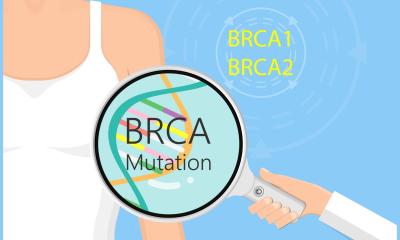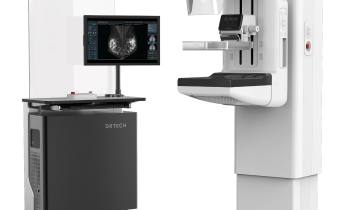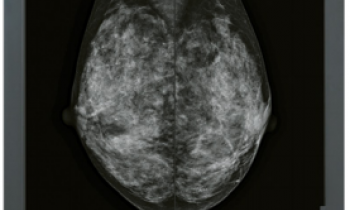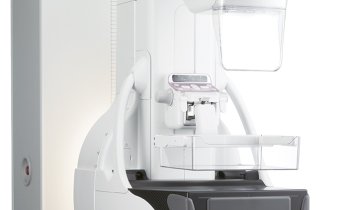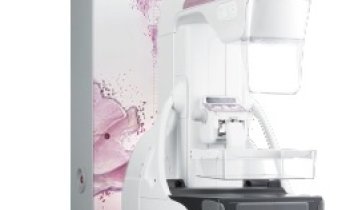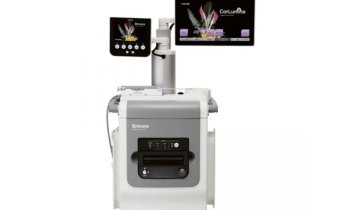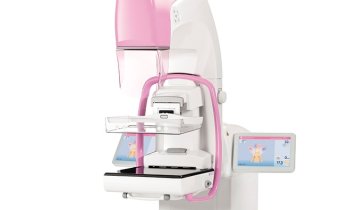Image by Parentingupstream from Pixabay
News • Ovarian and breast cancer
New insights into BRCA1 gene functions
Research led by the University of Birmingham has found important new ways that the BRCA1 gene functions which could help develop our understanding of the development of ovarian and breast cancers.
The research, published in Nature, was led by experts at the University of Birmingham’s Birmingham Centre for Genome Biology and Institute of Cancer and Genomic Sciences and is part of a five-year research project which is playing a pivotal role in identifying and understanding breast cancer genes. First author Manolo Daza-Martin, of the University of Birmingham, explained: “No two people are born the same and, as a result, we all have slightly different chances of developing diseases during our lifetimes - this is the result of natural variation in our genes. “On top of this natural variation, about one in a thousand people inherit from one of their parents a damaged, or ‘mutated’, copy of a gene called BRCA1.
BRCA1 is like a DNA Damage Scene Coordinator, whose role is to coordinate emergency response units at a damage site in order to help repair
Ruth Densham
“Previous research has shown us that in cells the BRCA1 gene makes a protein that helps repair damage to broken DNA. Therefore, people who inherit a faulty BRCA1 gene are less able to repair damage that inevitably accumulates in their DNA over time - putting them at higher risk of ovarian and breast cancer.
Hollywood actress Angelina Jolie had a double mastectomy and announced she was to have her ovaries removed in 2013 after being tested positive for the BRCA1 genetic mutation. Her mother died at the young age of 56 due to cancer.
DNA damage can also occur when cells have difficulties copying their DNA leaving it vulnerable to breakage. BRCA1 helps protect DNA when the copying machinery gets stuck, but it was not known how. Now University of Birmingham researchers, in collaboration with scientists at Imperial College London, have found that BRCA1 changes shape in order to protect vulnerable DNA until the copying machinery can be restarted. In addition, the researchers found that in some patients with a personal or family history of breast and ovarian cancer, the protective role of BRCA1 in DNA-copying is disabled - while its break repair function is still active.
Joint corresponding author Dr Ruth Densham, of the University of Birmingham’s Institute of Cancer and Genomic Sciences, added: “BRCA1 is like a DNA Damage Scene Coordinator, whose role is to coordinate emergency response units at a damage site in order to help repair. It was surprising to find out that BRCA1 changes shape depending on the type of damage it finds at the scene, and this shape change alters the way the cell responds.”
Recommended article
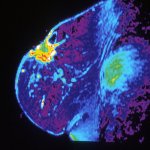
News • Oestrogen-receptor positive, HER2-negative
Test determines most effective treatment for breast cancer
A breast cancer test has been found that helps doctors make treatment decisions for some breast cancer patients, following research carried out at Queen Mary University of London and funded by Cancer Research UK. The test was successful in predicting whether chemotherapy would be beneficial for patients with the most common type of breast cancer (oestrogen-receptor positive, HER2-negative),…
Lead and corresponding author Professor Jo Morris, also of the University of Birmingham’s Institute of Cancer and Genomic Sciences, said: “Our research could be important for understanding how cancers develop and means we could have identified a new way of supressing tumours. We are long way from it, but ultimately this may alter how cancer patients are treated. We will now continue this important research into the role of BRCA1’s DNA copying function in cancer development.”
The average woman in the UK has a 12.5 per cent chance of developing breast cancer at some point in her life. About one in 20 (five per cent) of the 50,000 women diagnosed with breast cancer every year carries an inherited gene fault like BRCA1. A female BRCA1 carrier has between a 60 and 90 per cent chance of developing breast cancer, and around a 40 to 60 per cent chance of ovarian cancer. The precise figure for an individual woman will vary according to several things, such as her age, the number of affected family members, and the exact nature of the fault in the gene.
Source: University of Birmingham
04.07.2019



